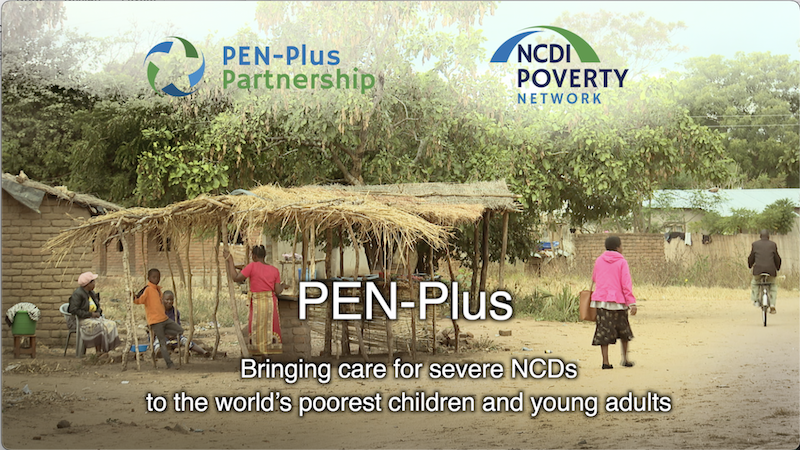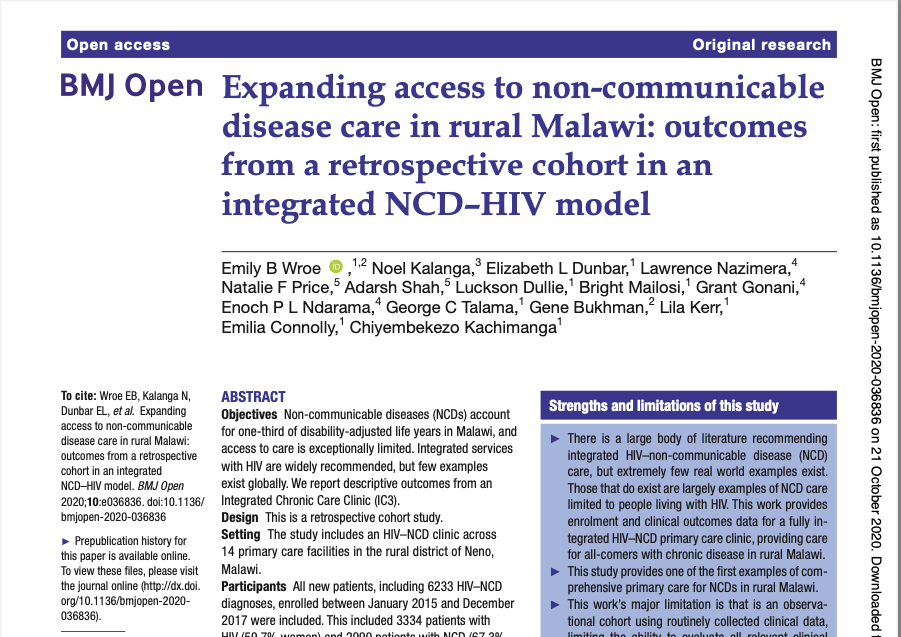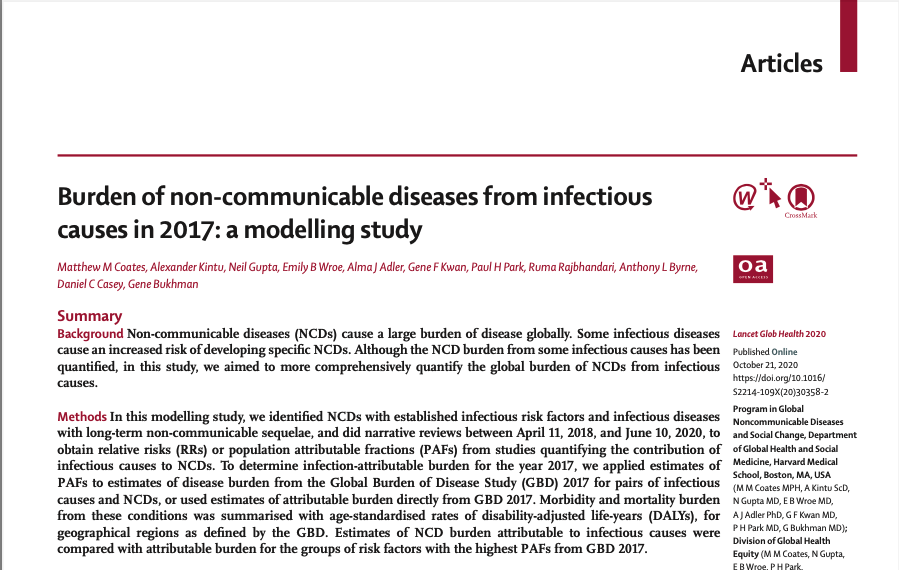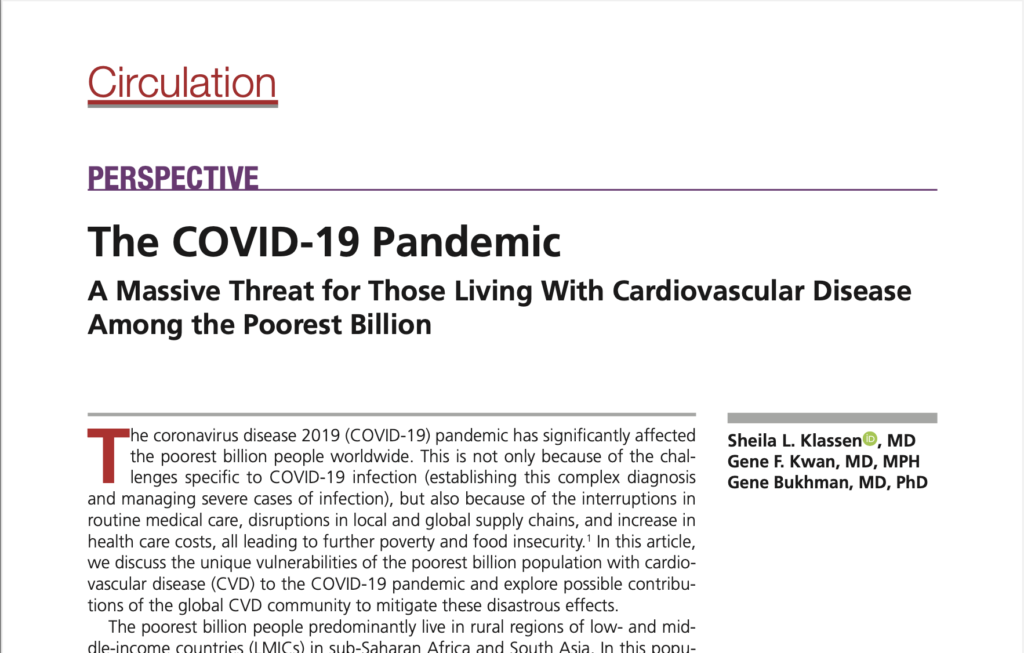Lauren A. Eberly, MD, Emmanuel Rusingiza, MD, Paul H. Park, MD, MSc, Gedeon Ngoga, BS, RN, Symaque Dusabeyezu, RN, Francis Mutabazi, BCM, Emmanuel Harerimana, RN, Joseph Mucumbitsi, MD, Philippe F. Nyembo, MBChB, Ryan Borg, MPH, Cyprien Gahamanyi, RN, Cadet Mutumbira, BS, RN, Evariste Ntaganda, MD, MPH, Christian Rusangwa, MD, Gene F. Kwan, MD, and Gene Bukhman, MD, PhD

To address gaps in care for the rural poor, the Rwandan Ministry of Health, supported by Inshuti Mu Buzima (Partners In Health—Rwanda), started to train nurses to provide care for a group of severe chronic noncommunicable diseases (NCDs), including heart failure, initially at 3 rural district hospitals, beginning in 2006.2 Nurses were trained in simplified diagnostic protocols incorporating basic echocar- diography to place patients into broad categories of heart failure most prevalent in the area.3 Treatment was administered based on category-specific pathways and delivered in the context of an integrated NCD clinic.
This represents the first reported strategy to successfully decentralize and integrate heart failure diagnosis and management at first-level hospitals in highly con- strained health systems.









